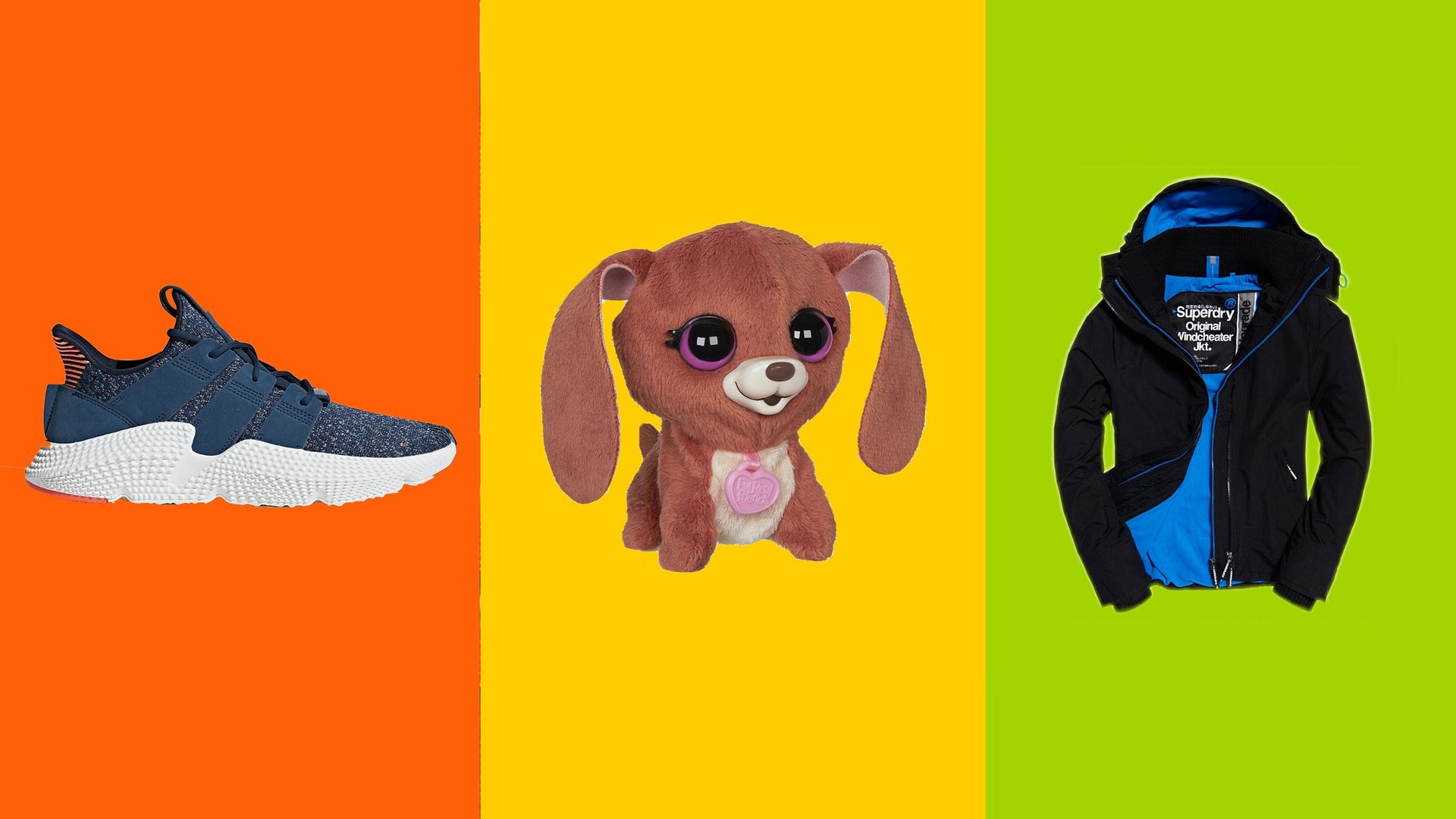Thanks to eBay’s computer vision, the entire internet becomes shoppable
Shopping from home has come a long way since the days of mail order catalogs. Pages of static images and broad descriptions bear no resemblance to the personalized product recommendations and dynamic targeting of today’s AI-enabled out of store retail experience. AI is transforming the retail industry, and online retailers are seeking new ways to make online shopping more personalized and accessible. One company is taking the lead in transforming e-commerce: eBay is utilizing AI technology to create a first-of-its-kind, limitless shopping experience called Image Search.


Shopping from home has come a long way since the days of mail order catalogs. Pages of static images and broad descriptions bear no resemblance to the personalized product recommendations and dynamic targeting of today’s AI-enabled out of store retail experience. AI is transforming the retail industry, and online retailers are seeking new ways to make online shopping more personalized and accessible. One company is taking the lead in transforming e-commerce: eBay is utilizing AI technology to create a first-of-its-kind, limitless shopping experience called Image Search.
Just like the human eye, an image-based digital search processes visual information and brings focus to a relevant item based on interest and intent. The biggest difference between human and AI-driven search? Machines search groups of images far more quickly than the human brain, sorting through visual cues and using complex algorithms to predict the user’s intent and define the context of their search.
That speed is helped in part by computer vision, which serves as a hyper-intuitive search engine. Using AI, an image-based search tool can sift through raw data and translate it into intent (“This is not the blue shirt I’m looking for) in milliseconds—learning to perceive and make deductions like a consumer—only much faster.
The Image Search codebase—which serves as a sort of brain—guides and amplifies visual perception. Machine learning adds logic to the speed of computer vision technology, allowing Image Search to instantly sort, weight, and select items based on relevance to a set of criterion that is determined from the user’s input, organic search history, and existing eBay profile (if they are a member). Filtering out irrelevant postings, eBay Image Search enables consumers to focus on the items that most closely match their immediate interest, weighing the image and its context (such as print and shape)—along with data such as the listing format, item condition, price range, listing end date, location, and other details—to present the right match.
With Image Search, eBay makes the entire web shoppable—leveraging the power of AI and computer vision to reimagine product search. Using the eBay mobile app, consumers can simply take a photo or upload one they find on the internet to the Image Search search bar and discover an array of relevant items from eBay’s catalog of more than one billion active listings. To further narrow down the search, shoppers can choose an image and drag it into the search bar to find more items like it.
For eBay, the motivation in creating Image Search was to create a process that matched consumer intent with AI-powered precision and speed, transcending the limitations of keyword-based search.
“We feel that there are circumstances in which taking an image as a query is better than using keywords, particularly if you don’t know what the words are to describe the thing that you’re interested in,” said Robinson Piramuthu, eBay’s Chief Scientist for Computer Vision. “So you may be interested in a particular garment, but it’s hard to describe exactly why it is that you like it. It might be the pattern. It might be the cut. Most people don’t even quite know what the vocabulary is to describe those things. But it is easy to take an image of it and say, ‘I want more that looks like that.’”
According to Piramuthu, eBay’s more than one billion active listings are rich with data that exponentially amplify the intuitive power of AI and computer vision. This puts eBay in a unique position to create a hyper-personalized shopping experience that teaches itself to improve continuously.
At present, eBay’s neural network—the machine learning engine of Image Search—has learned from 130 million images across 16,000 subcategories. It can tag images in the entire eBay inventory and then retrieve the matches for your perfect item. Those numbers will continue to grow as eBay’s more than 177 million active buyers interact with the platform daily, generating more data for the neural network to learn from and use to enhance its search capabilities.
In addition, eBay has released the technology behind Image Search to the worldwide engineering community. This opens up the possibility for independent developers to create new apps for eBay consumers using Image Search technology. Piramuthu pointed out that, similar to the early years of other disruptive technologies, there’s potential for eBay Image Search to redefine the way people look for information on other online services: “As a technology becomes perfected and then used in a product, it becomes the new baseline. So as we further integrate image search into our product, I think it’ll become the norm in e-commerce.”
With Image Search, shoppers can search eBay’s more than one billion listings in seconds and find an item visually, just as easily as taking an item off of a store shelf. Without the restrictions of traditional search or the boundaries of a single product catalog, eBay shopping is effortless everywhere.
“At eBay, we’re always looking for ways to improve the experience, make it simpler, more natural, and open up new opportunities for both buyers and sellers,” said Piramuthu. “So this is just another technology that continues in that direction.”